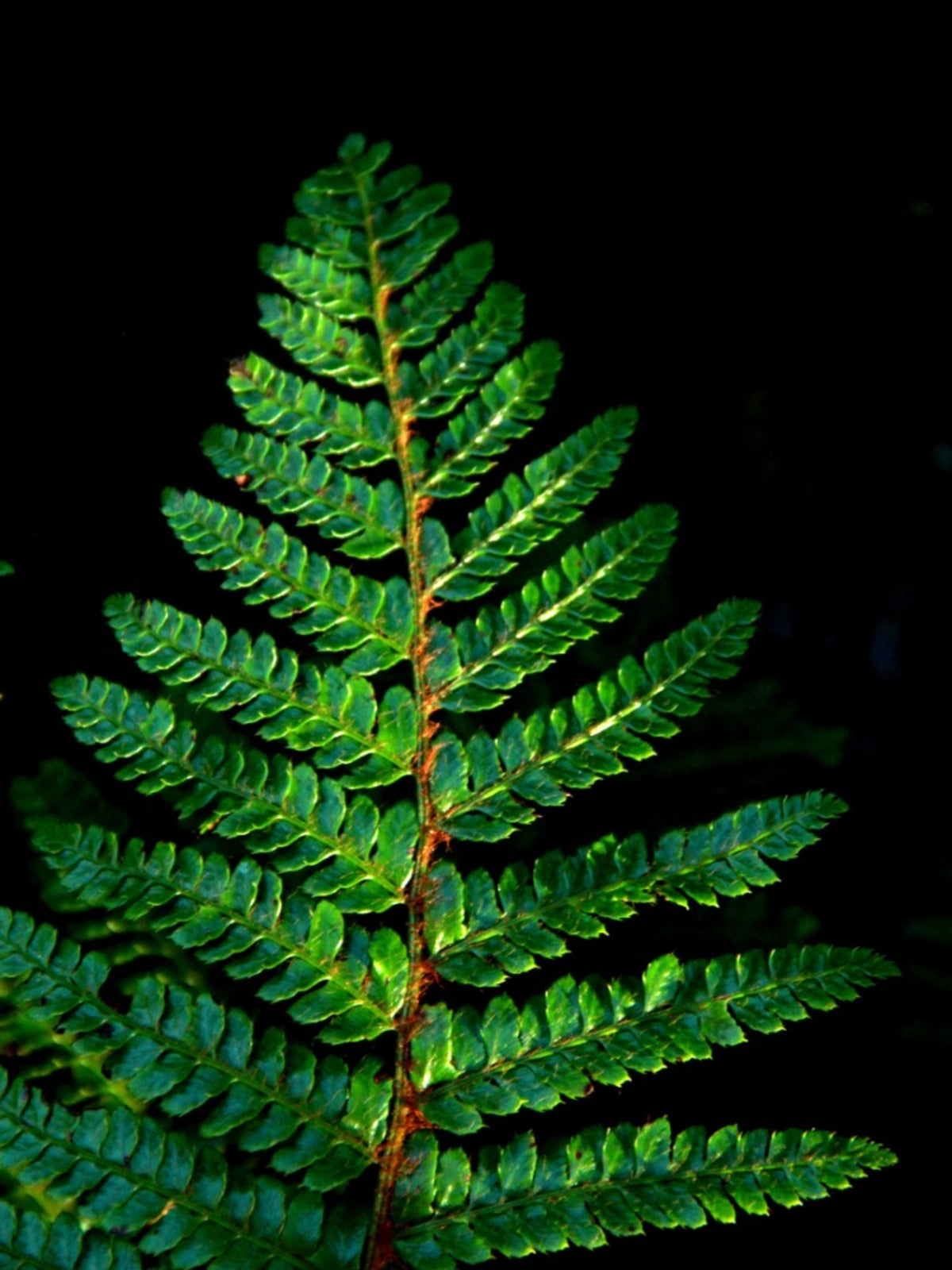Tassel Fern Information: How To Grow A Japanese Tassel Fern Plant


Japanese tassel fern plants (Polystichum polyblepharum) lend a touch of elegance to shade or woodland gardens due to their mounds of gracefully arching, glossy, dark-green fronds which grow up to 2 feet (61 cm.) long and 10 inches (25 cm.) wide. When grown en masse, they make an excellent groundcover or are equally stunning when grown individually. Read on to learn more about how to grow a Japanese tassel fern.
Japanese Tassel Fern Information
Native to Japan and South Korea, Japanese tassel fern plants are a great deer-resistant choice for shady nooks in U.S. hardiness zones 5 to 8. So why are they referred to as tassel ferns in the garden? Well, when the new bright green, tightly coiled young fronds, or croziers, emerge from the crown of the plant, their tips bend backwards and hang down like a tassel as they unfurl, before eventually straightening themselves out.
Japanese Tassel Fern Care
Let’s talk about how to grow a Japanese tassel fern. The first thing you need are some plants. Like many ferns, Japanese tassel fern plants are propagated either by spores or by clump division. If neither of these are an option for you, then online or local nurseries will surely be able to supply you with plants. Japanese tassel fern care is easy. Given that this evergreen perennial has a spread of approximately 3 feet (91 cm.), the general recommendation is to space individual plants approximately 30 inches (76 cm.) apart. The location you scout for when planting should be in partial to full shade and have soil that is well draining, enriched with organic matter and registers a pH of 4 to 7. Well-draining soil is very important in order to keep the Japanese tassel fern impervious to crown rot. For optimal growth, you will want to keep the soil consistently moist by ensuring that it receives at least an inch (2.5 cm.) of water per week. Soil moisture can be conserved by applying a 2 to 3 inch (5-8 cm.) thick layer of mulch around the root zone of the plant. Leaves or pine straw make a very suitable mulch base. Fertilize in the spring upon signs of new growth with a slow-release fertilizer having an N-P-K ratio of 14-14-14. With this tassel fern information, you will be fully prepared to successfully grow tassel ferns in the garden!
Gardening tips, videos, info and more delivered right to your inbox!
Sign up for the Gardening Know How newsletter today and receive a free copy of our e-book "How to Grow Delicious Tomatoes".

Shelley Pierce was a writer for Gardening Know How, contributing to hundreds of articles for the site.
-
 Looking For Plants To Give You The Soft And Fuzzies? Try These 5 Fuzzy Leaf Plant Options
Looking For Plants To Give You The Soft And Fuzzies? Try These 5 Fuzzy Leaf Plant OptionsLovers of texture, drama, silver foliage and tactile plants will adore these special sensory garden additions. These fuzzy leaf plant options will leave you all aglow
By Susan Albert
-
 Get Ready For A Summer Of Hummers! Grow These Full Sun Hummingbird Plants and Flowers
Get Ready For A Summer Of Hummers! Grow These Full Sun Hummingbird Plants and FlowersIf you’re lucky enough to enjoy a sunny backyard, make sure you are maxing out on your pollinator opportunities and grow these full sun hummingbird plants and flowers
By Tonya Barnett